Home>Storage Ideas>Kitchen Storage>Two-tone Kitchens: 8 Ideas For Cabinets And Islands In Two Colors
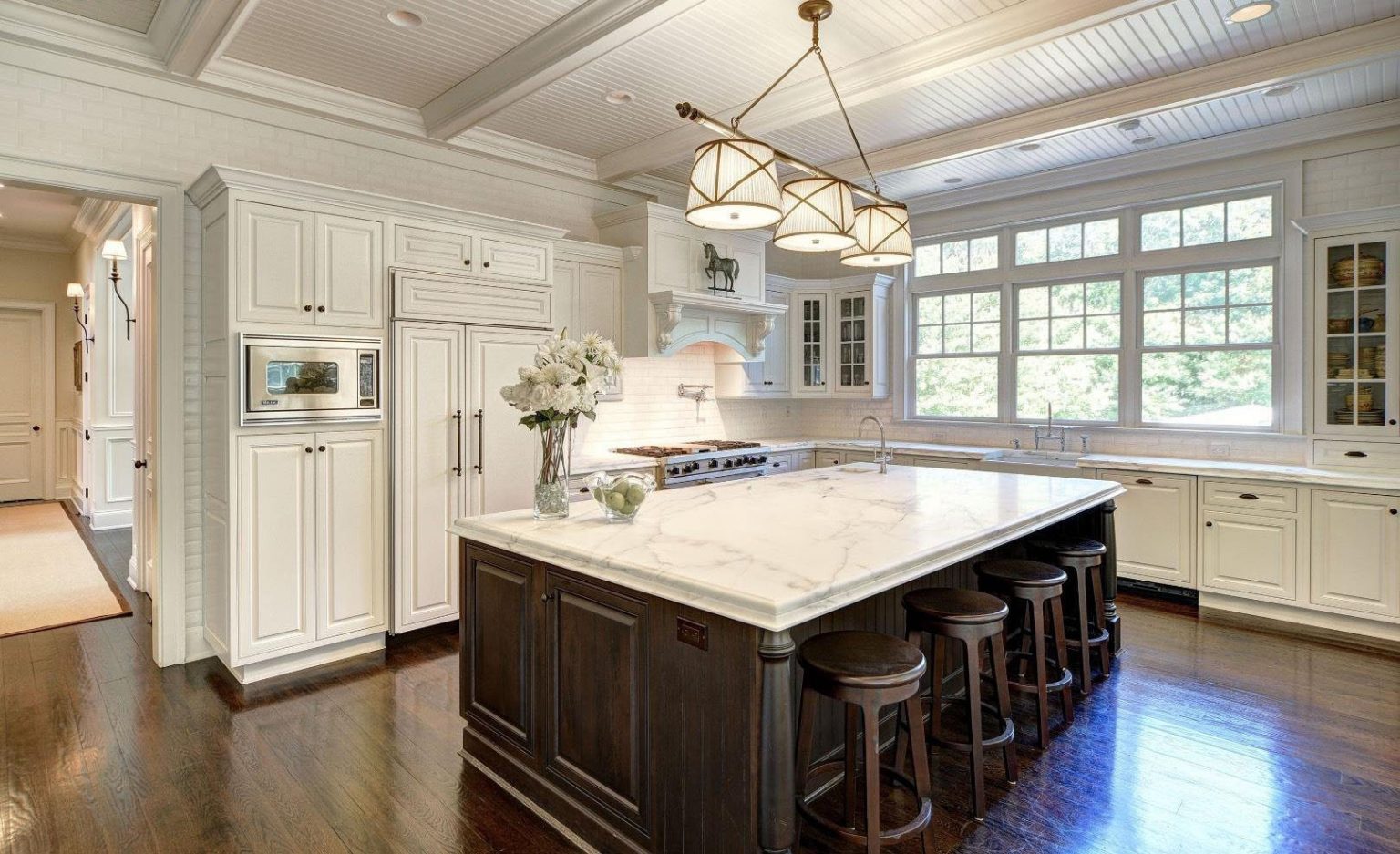

Kitchen Storage
Two-tone Kitchens: 8 Ideas For Cabinets And Islands In Two Colors
Modified: January 6, 2024
Looking to add a touch of style to your kitchen? Explore these 8 two-tone kitchen storage ideas, featuring cabinets and islands in contrasting colors. Enhance your kitchen with a modern and unique look!
(Many of the links in this article redirect to a specific reviewed product. Your purchase of these products through affiliate links helps to generate commission for Storables.com, at no extra cost. Learn more)
Introduction
Welcome to the world of two-tone kitchens! If you’re looking to give your kitchen a fresh and unique look, then incorporating two colors into your cabinets and islands is a fantastic way to achieve that. This design trend has been growing in popularity, as it allows you to play with contrasting colors, materials, and finishes, resulting in a kitchen that is truly visually stunning.
The beauty of two-tone kitchens lies in their ability to add depth, personality, and style to any space. Whether you prefer classic and timeless combinations or bold and daring color choices, there are endless possibilities to explore. From creating a serene and minimalist ambiance to making a bold statement with vibrant hues, two-tone kitchen ideas offer something for every taste and preference.
In this article, we will explore eight inspiring ideas for two-tone kitchens, providing you with creative ways to combine different colors, materials, and design elements. So, let’s dive in and discover how you can transform your kitchen into a beautiful and functional space that reflects your personal style.
But before we begin, it’s essential to understand that the key to successful two-tone kitchen design lies in balance. It’s crucial to select colors that complement each other and create a harmonious visual flow. Whether you opt for contrasting hues or variations of the same color, thoughtful planning and attention to detail are crucial to achieving the desired effect.
In the following sections, we’ll delve into various two-tone kitchen ideas, showcasing different color combinations, materials, and design techniques. From classic and timeless styles to more daring and contemporary choices, there is a two-tone kitchen concept to suit every vision and preference.
So, without further ado, let’s explore the wonderful world of two-tone kitchens and get ready to unleash your creativity and design flair. Whether you’re remodeling your kitchen or starting from scratch, these ideas will inspire you to create a space that is both functional and visually captivating. Get ready to embark on a design journey that will transform your kitchen into the heart of your home.
Key Takeaways:
- Embrace the versatility of two-tone kitchens, from classic and timeless combinations to bold and contrasting colors, to create a visually stunning and personalized space that reflects your unique style and personality.
- Incorporate a mix of materials, such as wood and painted cabinets, to add texture and visual interest, and don’t be afraid to make a bold statement with vibrant color blocking or accents to infuse energy and personality into your kitchen design.
Two-tone Kitchen Cabinets: Classic and Timeless
When it comes to two-tone kitchen design, there’s a classic and timeless approach that never fails to impress. This style typically involves using a combination of light and dark colors for the cabinets to create contrast and visual interest.
One popular option is to have the upper cabinets in a lighter shade while the lower cabinets are in a darker color. This variation creates a sense of balance and adds depth to the overall design. For instance, you can pair white upper cabinets with navy blue or charcoal gray lower cabinets for a sophisticated and elegant look. This combination works particularly well in traditional or transitional kitchen styles.
Another classic two-tone cabinet idea is to have a neutral color, such as cream or beige, for the main cabinets, and then choose a contrasting color for the kitchen island. This creates a focal point in the kitchen and adds a touch of personality. For example, you can have white cabinets with a navy blue or hunter green island, creating a stunning visual contrast and making the island the centerpiece of the room.
If you prefer a more subtle approach, you can opt for tone-on-tone cabinets, where the two colors are in the same color family but differ in intensity or shade. For instance, you can have light gray cabinets paired with a darker gray island, or ivory cabinets paired with a beige island. This creates a seamless and cohesive look while still adding depth and dimension to the kitchen.
To enhance the classic and timeless vibe, consider incorporating traditional cabinet hardware, such as brushed nickel or antique brass handles and knobs. These small details can make a big difference and complete the overall look of your two-tone cabinets.
In terms of materials, wood cabinets are a popular choice for achieving a classic and timeless aesthetic. Woods like oak, maple, and cherry can be stained or painted in different shades to create a stunning two-tone effect. The natural grain of the wood adds warmth and texture to the kitchen, further elevating the design.
When it comes to countertops, options like marble, quartz, or granite can complement the classic two-tone cabinets beautifully. For a cohesive look, choose a countertop color that coordinates with both the light and dark shades of the cabinets.
Overall, two-tone kitchen cabinets offer a classic and timeless style that can elevate the look of any kitchen. Whether you prefer bold contrasts or subtle variations in shades, this design approach allows you to create a visually stunning and personalized space that stands the test of time.
Bold and Contrasting Colors for Cabinet and Island Combinations
If you’re looking to make a bold statement in your kitchen, opting for contrasting and vibrant colors for your cabinets and island is the way to go. This design approach is perfect for those who want to inject personality and creativity into their space, creating a kitchen that truly stands out.
One way to achieve a bold and contrasting look is by pairing two colors on opposite ends of the color spectrum. For example, you can combine deep navy blue cabinets with bright white countertops and an island in a vibrant shade of yellow or red. This combination creates a striking visual contrast, adding energy and vibrancy to the kitchen.
Another option is to go for a high contrast black and white scheme. This classic combination never goes out of style and offers a sleek and modern look. You can have black cabinets paired with white countertops and a white island, or vice versa, creating a dramatic and sophisticated ambiance.
For those who prefer a more eclectic and daring style, consider using bold and non-traditional colors for your cabinets and island. Think vibrant greens, rich purples, or even electric blues. These bold hues can add a sense of playfulness and creativity to your kitchen, making it a unique and eye-catching space.
To achieve harmony in a bold and contrasting kitchen, consider balancing the colors with neutral elements. For instance, if you have brightly colored cabinets and island, opt for more subdued flooring and backsplash materials. This allows the bold colors to take center stage without overwhelming the space.
To further enhance the impact of your bold and contrasting cabinet and island combination, consider incorporating open shelving or glass-front cabinets. This allows you to display colorful dishes, glassware, and accessories that complement the overall color scheme. It adds an extra layer of visual interest and adds to the overall design aesthetic.
When it comes to choosing hardware for your bold and contrasting cabinets, consider sleek and minimalist options. This allows the vibrant colors to shine while maintaining a cohesive and modern look.
In summary, bold and contrasting colors for cabinet and island combinations offer a striking and unique design option for your kitchen. Whether you opt for vibrant hues or high contrast black and white, this approach allows you to showcase your creativity and make a statement. Remember to balance the colors with neutrals and incorporate open shelving or glass-front cabinets to further elevate the design. Get ready to embrace color and create a kitchen that is truly one-of-a-kind.
Soft and Subtle Hues: Creating a Serene Two-tone Kitchen
If you prefer a more calming and tranquil ambiance in your kitchen, incorporating soft and subtle hues in your two-tone design is the perfect choice. This approach creates a serene and peaceful atmosphere, making your kitchen a haven for relaxation and rejuvenation.
One option for creating a serene two-tone kitchen is to choose light and muted shades for your cabinets and island. Think soft pastels like pale blue, blush pink, or mint green. These colors lend a delicate and soothing vibe to the space, evoking feelings of serenity and calmness. Pairing these gentle hues together creates a cohesive and harmonious look.
Another way to achieve a serene two-tone kitchen is to opt for a monochromatic color scheme. Choose different shades of the same calming color and apply them to your cabinets and island. For example, you can have pale gray upper cabinets paired with a slightly darker gray for the lower cabinets. This creates a subtle contrast while maintaining a soothing and serene aesthetic.
To enhance the tranquility in your kitchen, consider incorporating natural materials such as wood or stone. Whether it’s using butcher block countertops or adding a stone backsplash, these elements add warmth and texture to the space, creating a cozy and inviting atmosphere.
In terms of hardware, choose elegant and understated options to complement the soft and subtle hues. Consider brushed nickel or antique bronze knobs and handles for a touch of sophistication.
To complete the serene two-tone kitchen, pay attention to the lighting and accessories. Soft and diffused lighting can further enhance the tranquil ambiance, creating a welcoming and relaxing atmosphere. Add natural elements such as potted plants, woven baskets, or floral arrangements to bring a touch of nature and serenity into the space.
In summary, creating a serene two-tone kitchen involves choosing soft and subtle hues that evoke a sense of tranquility. Whether you opt for light pastels or monochromatic shades, this design approach creates a peaceful and calming ambiance. Incorporating natural materials and choosing understated hardware further enhances the overall serenity. Get ready to create a kitchen that is not only visually appealing but also a haven for relaxation and serenity.
Mixing Materials: Wood and Painted Cabinets in Two Tones
Incorporating a mix of materials in your kitchen cabinets can add visual interest and texture to your space. One popular approach is mixing wood and painted cabinets in two tones, creating a dynamic and unique look that combines the warmth of natural wood with the crispness of painted finishes.
For a harmonious blend of materials, you can have the upper cabinets painted in a light color, while the lower cabinets are made from natural wood. This combination creates a beautiful contrast that adds depth and character to your kitchen. The light-colored upper cabinets brighten the space, while the natural wood lower cabinets add warmth and a touch of rustic charm.
To take it a step further, consider choosing different finishes for the wood cabinets. For example, you can have a darker stain on the lower cabinets and a lighter stain on the kitchen island or pantry cabinets. This variation in wood tones adds another layer of visual interest, creating a captivating focal point in your kitchen.
If you prefer a more contemporary look, opt for sleek, painted cabinets on the upper and lower sections, while incorporating a wood accent in the form of a floating shelf, open shelving, or a kitchen island countertop. This adds a touch of warmth and texture to an otherwise modern and minimalist space.
When it comes to choosing the colors for the painted cabinets, consider selecting hues that complement the wood tones, such as shades of white, gray, or even soft pastels. These light and neutral colors create a seamless transition between the wood and painted finishes, allowing them to harmonize beautifully.
To further enhance the mixed material look, consider adding other design elements that incorporate both wood and painted finishes, such as a wood range hood, a painted backsplash with wood accents, or a combination of wood and painted furniture pieces.
In terms of hardware, you can opt for modern and sleek handles and knobs in materials like brushed nickel or matte black. These finishes will complement the mixed material aesthetic and add a polished touch to your cabinets.
In summary, mixing materials by combining wood and painted cabinets in two tones is a fantastic way to add visual interest and texture to your kitchen. Whether you prefer a blend of light and natural wood or a contemporary mix of sleek painted cabinets and wood accents, this design approach creates a dynamic and unique look. So, get ready to embrace the beauty of mixing materials and transform your kitchen into a captivating and stylish space.
Consider using a lighter color for upper cabinets and a darker color for lower cabinets to create a visually appealing two-tone kitchen. This can help to add depth and dimension to the space.
Creating Depth and Dimension with Dark and Light Tones
One of the most effective ways to add depth and dimension to your kitchen is by using a combination of dark and light tones in your two-tone design. This approach creates a visually striking contrast that elevates the overall look of your space.
To create depth and dimension, consider using dark cabinets as a focal point in your kitchen. This can be achieved by choosing a deep, rich color such as espresso brown, charcoal gray, or midnight blue for the lower cabinets or island. These darker tones add depth and create a sense of grounding in the space.
To balance out the darkness, opt for lighter tones for the upper cabinets or the countertops. Light colors such as white, cream, or light gray help to create a spacious and airy feel, balancing the visual weight of the darker tones. This contrast creates a dramatic effect that adds both warmth and sophistication to your kitchen.
Another way to create depth and dimension is by using a technique called “tone-on-tone” – where you choose different shades of the same color. For example, you can pair light gray cabinets with a darker gray range hood or a kitchen island in a slightly deeper shade. This subtle variation adds depth to the space while maintaining a cohesive and harmonious look.
To enhance the dimension further, consider incorporating a textured backsplash or countertop material. For instance, a subway tile backsplash with a textured finish or a granite countertop with natural patterns can instantly add visual interest and depth to your kitchen.
In terms of hardware and accessories, opt for polished or brushed stainless steel finishes. These metallic accents complement both the dark and light tones, adding a touch of elegance and sophistication to your two-tone kitchen.
When it comes to lighting, consider installing a combination of task lighting, ambient lighting, and accent lighting. This layered lighting approach helps to highlight the different levels and dimensions in your kitchen, further enhancing the depth and visual appeal.
In summary, creating depth and dimension in your kitchen using dark and light tones is a design technique that can elevate the overall look of your space. Whether you opt for contrasting dark and light cabinets or tone-on-tone variations, this approach adds visual interest and sophistication. So, get ready to create a kitchen that exudes depth and dimension, and enjoy a space that is visually captivating and inviting.
Going Monochrome: Two-tone Kitchens with Different Shades of the Same Color
If you’re looking for a sleek and modern design concept for your kitchen, going monochrome with different shades of the same color is an excellent option. This approach creates a cohesive and visually appealing look that exudes sophistication and elegance.
To achieve a monochrome two-tone kitchen, start by selecting a color that you love and want to base your design around. Whether it’s shades of gray, blue, green, or even a bolder color like red or yellow, choose a hue that resonates with your personal style.
Once you have your base color, incorporate different shades of that color for your cabinets and island. For example, if you choose gray as your base color, have lighter gray upper cabinets paired with darker gray lower cabinets, or vice versa. This creates contrast and depth within the same color family, adding visual interest to the space.
To make the monochrome concept work, pay attention to the undertones of your chosen color. Whether it’s warm or cool undertones, ensure that the different shades complement each other harmoniously. This will result in a well-coordinated and cohesive monochrome look.
For a more subtle and nuanced monochrome scheme, consider incorporating different finishes and textures. Matte and glossy finishes, as well as textured and smooth surfaces, can add dimension and depth to your monochrome kitchen. For example, you can have matte upper cabinets paired with glossy lower cabinets or a textured backsplash to create visual interest.
To prevent the monochrome design from becoming overwhelming, balance it with neutral elements such as a white countertop or backsplash. This adds a touch of brightness and helps to break up the monochrome palette, creating a visually appealing contrast.
When it comes to hardware and accessories, choose finishes that complement the chosen color scheme. For a monochrome gray kitchen, consider polished chrome or brushed nickel handles and knobs. These metallic accents add a sophisticated touch while blending seamlessly with the monochrome palette.
Lighting plays a crucial role in a monochrome kitchen. Ensure that you have ample lighting to showcase the different shades and textures in the space. Install under cabinet lighting, pendant lights, and recessed lights strategically to highlight the beauty of your monochrome design.
In summary, a monochrome two-tone kitchen with different shades of the same color creates a sleek and sophisticated look. Whether you choose gray, blue, green, or any other hue, this design concept allows you to showcase your favorite color while adding depth through variations in shade and texture. So, embrace the elegance of monochrome and create a kitchen that is both visually captivating and harmonious.
Color Blocking: Using Vibrant Colors to Make a Statement
If you’re not afraid to make a bold statement in your kitchen, color blocking with vibrant colors is the perfect design choice. This approach involves using contrasting and vibrant colors to create visually striking and energetic spaces that exude personality and creativity.
To achieve a color blocking effect in your kitchen, choose two contrasting colors that complement each other. Think of bold combinations like yellow and blue, pink and green, or orange and purple. These vibrant color pairings instantly create a sense of drama and excitement.
One popular way to incorporate color blocking is by painting the upper and lower cabinets in different shades of your chosen colors. For example, you can have vibrant yellow upper cabinets paired with deep blue lower cabinets, creating a lively and eye-catching combination. This creates a statement focal point in your kitchen and adds a playful touch.
Another option is to use color blocking on the kitchen island. Paint the island in a bold and vibrant color, while keeping the rest of the cabinets in a more neutral and subdued tone. This creates a striking centerpiece that brings energy and personality to the space.
To balance out the vibrant colors, consider incorporating neutral elements such as white countertops, backsplashes, or flooring. This will prevent the space from feeling overwhelming while allowing the colors to take center stage.
When it comes to hardware and accessories, consider choosing finishes that complement the color blocking theme. Matte black or brushed gold hardware can add a sleek and modern touch to the vibrant colors, further enhancing the overall design aesthetic.
To complete the color blocking look, consider adding additional pops of color through accessories and decor. This could include brightly colored kitchen appliances, bold patterned rugs, or decorative dishes and utensils in coordinating hues. These small touches will tie the color scheme together and create a cohesive and vibrant atmosphere.
Lastly, ensure that you have ample lighting to showcase the bold colors effectively. Well-placed pendant lights, recessed lighting, or even under-cabinet lighting can help illuminate the vibrant tones and create an inviting ambiance.
In summary, color blocking with vibrant colors is a daring and creative design choice for your kitchen. Whether you choose contrasting colors for cabinets or focus on a colorful kitchen island, this approach adds excitement, personality, and visual interest to the space. So, don’t be afraid to embrace bold colors and create a kitchen that truly makes a statement.
Adding Accents: Highlighting Specific Areas with a Pop of Color
If you want to add a pop of color to your kitchen without overwhelming the entire space, incorporating accents is the perfect solution. This design approach allows you to highlight specific areas and elements in your kitchen, creating focal points and adding personality.
One way to add accents is by choosing a vibrant color and using it as a statement backsplash. Opt for a bold and eye-catching tile pattern or a brightly colored glass backsplash that instantly draws attention. This allows you to infuse color into your kitchen while keeping the rest of the space more neutral.
Another option is to incorporate colored cabinets or open shelves as accents. For example, you can have neutral-colored cabinets throughout the kitchen but choose a vibrant hue like teal or coral for a specific set of upper cabinets or open shelves. This injected pop of color creates visual interest and adds a playful touch to the space.
To further enhance the accents, consider using accent lighting strategically. Install LED lights under cabinets or above open shelves to highlight the colorful elements. This not only adds a dramatic effect but also draws attention to the vibrant colors in the kitchen.
Another way to incorporate accents is through colorful appliances. Choose a bold and brightly colored refrigerator, range, or dishwasher to make a statement. These appliances serve as functional pieces as well as adding a splash of color to your kitchen.
If you prefer a more subtle approach, you can add accents through smaller decorative elements such as colorful kitchen utensils, vibrant dishware, or unique accessories. Display these items on open shelves or add them as decorative touches on countertops, creating pops of color throughout the kitchen.
When incorporating accents, it’s essential to balance the colors with the overall design. Choose colors that complement the existing color palette in your kitchen, creating a harmonious and cohesive look. Consider using color theory principles, such as choosing complementary or analogous colors, to ensure a visually pleasing result.
In summary, adding accents allows you to infuse a pop of color into your kitchen without overwhelming the entire space. Whether it’s through a statement backsplash, colored cabinets, vibrant appliances, or smaller decorative elements, accents create focal points and add personality to your kitchen. So, get ready to showcase your style and creativity by incorporating pops of color that transform your kitchen into a visually captivating space.
Conclusion
Designing a kitchen with two-tone cabinets and islands offers endless possibilities for creativity and personalization. Whether you prefer classic and timeless combinations, bold and contrasting colors, or soft and subtle hues, there is a two-tone kitchen idea to suit your taste and style.
By incorporating a mix of materials, such as wood and painted cabinets, you can add texture and visual interest to your space. Creating depth and dimension through the use of dark and light tones adds a sophisticated and captivating element to your kitchen.
If you seek a sleek and modern look, going monochrome with different shades of the same color creates a cohesive and visually appealing design. On the other hand, incorporating vibrant colors through color blocking or accents adds energy, personality, and a focal point to your kitchen.
When designing your two-tone kitchen, keep in mind the importance of balance and cohesion. Choose colors, materials, and finishes that complement each other and create a harmonious visual flow. Pay attention to lighting, hardware, and accessories to further enhance the overall design aesthetic.
Whether you’re remodeling your kitchen or starting from scratch, these two-tone kitchen ideas provide inspiration to transform your space into a beautiful and functional area that reflects your personal style. Remember, you have the freedom to play with colors, materials, and design techniques to create a kitchen that is truly unique and tailored to your preferences.
So, unleash your creativity, embrace the world of two-tone kitchens, and embark on a design journey that will elevate your kitchen into a stunning and captivating space. Enjoy the process of exploring different color combinations, mixing materials, and creating a kitchen that not only meets your storage needs but also becomes a focal point of your home and a source of pride for years to come.
Frequently Asked Questions about Two-tone Kitchens: 8 Ideas For Cabinets And Islands In Two Colors
Was this page helpful?
At Storables.com, we guarantee accurate and reliable information. Our content, validated by Expert Board Contributors, is crafted following stringent Editorial Policies. We're committed to providing you with well-researched, expert-backed insights for all your informational needs.
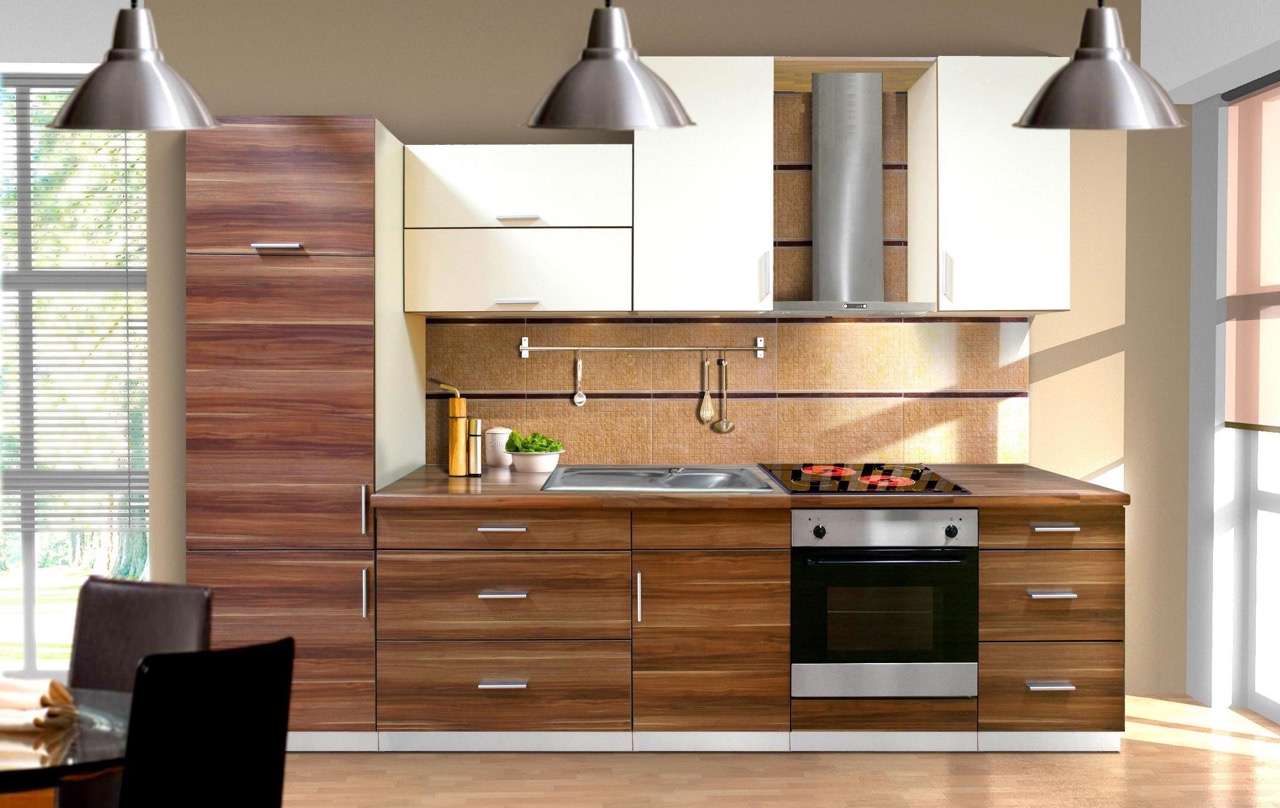
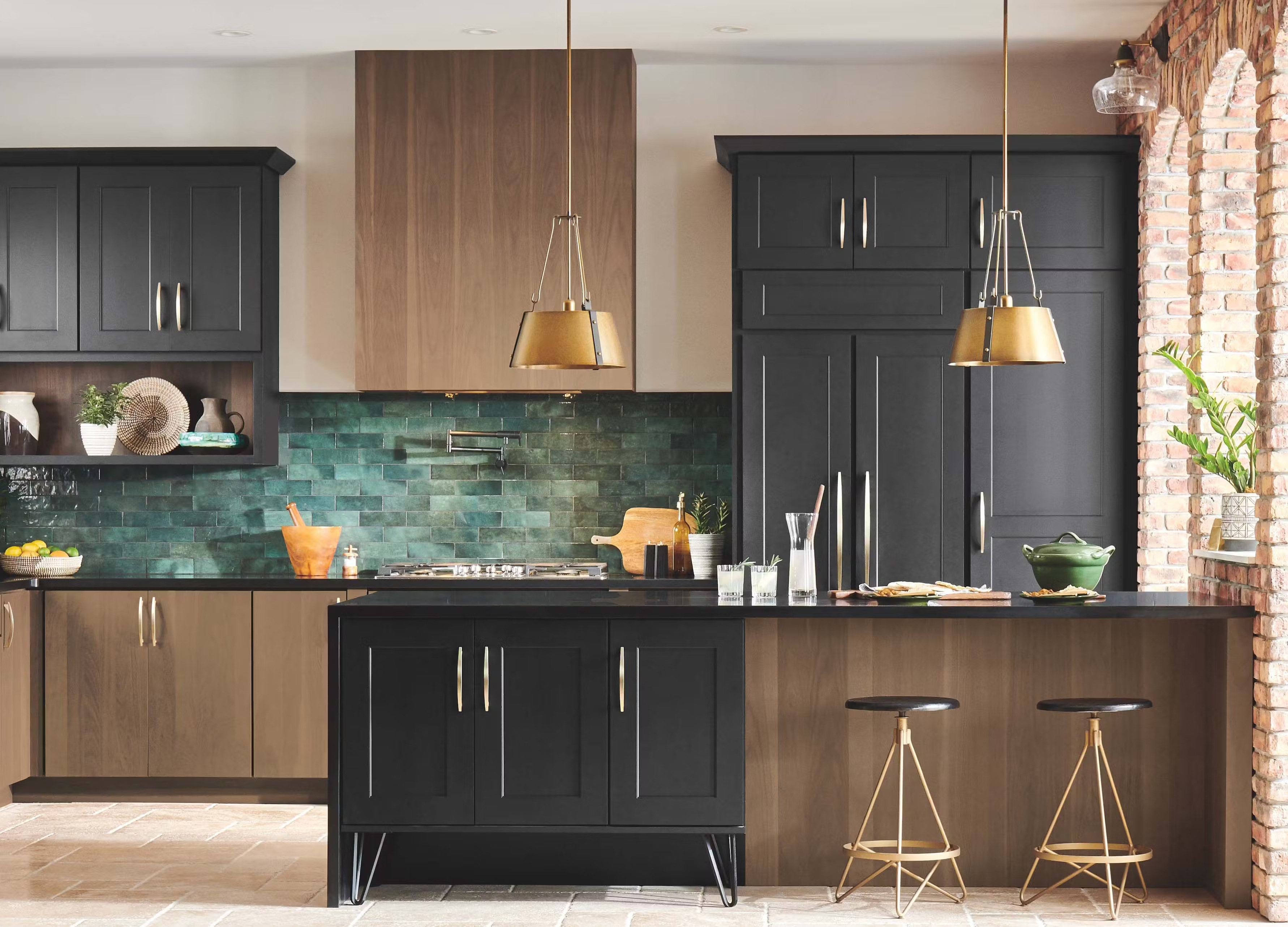
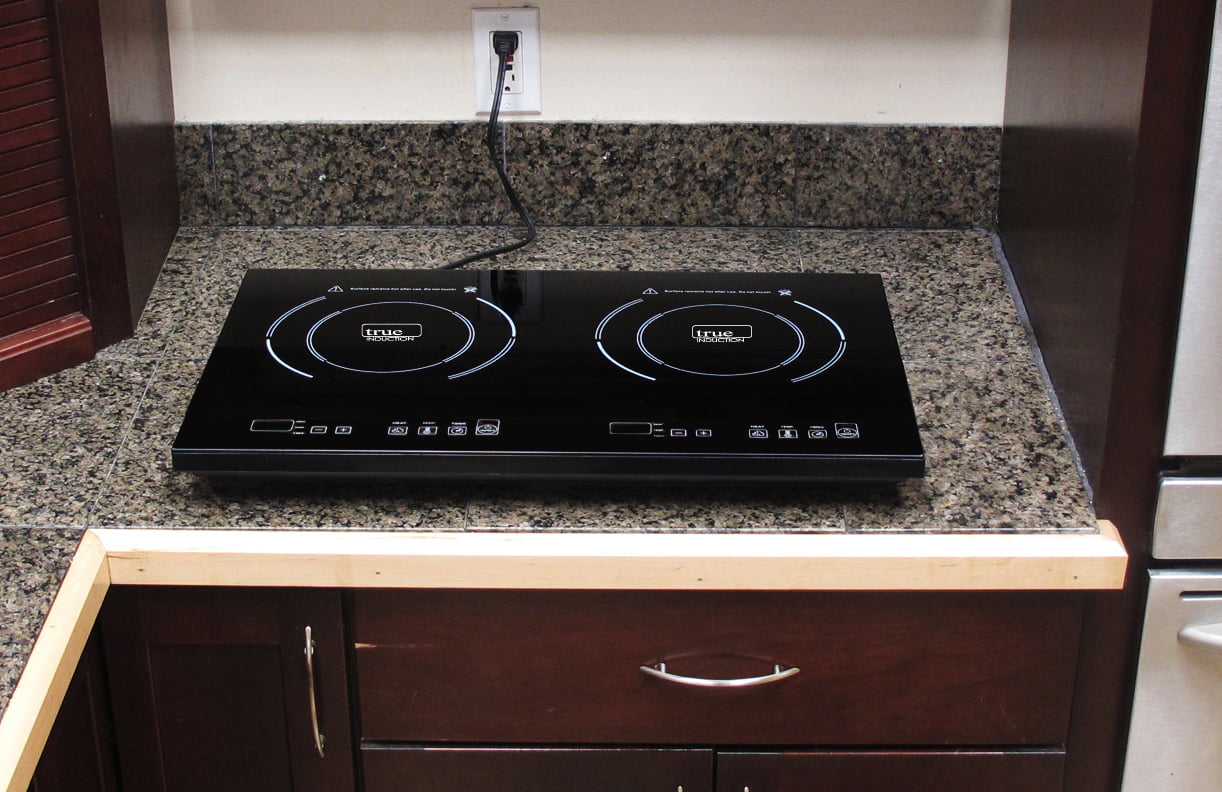
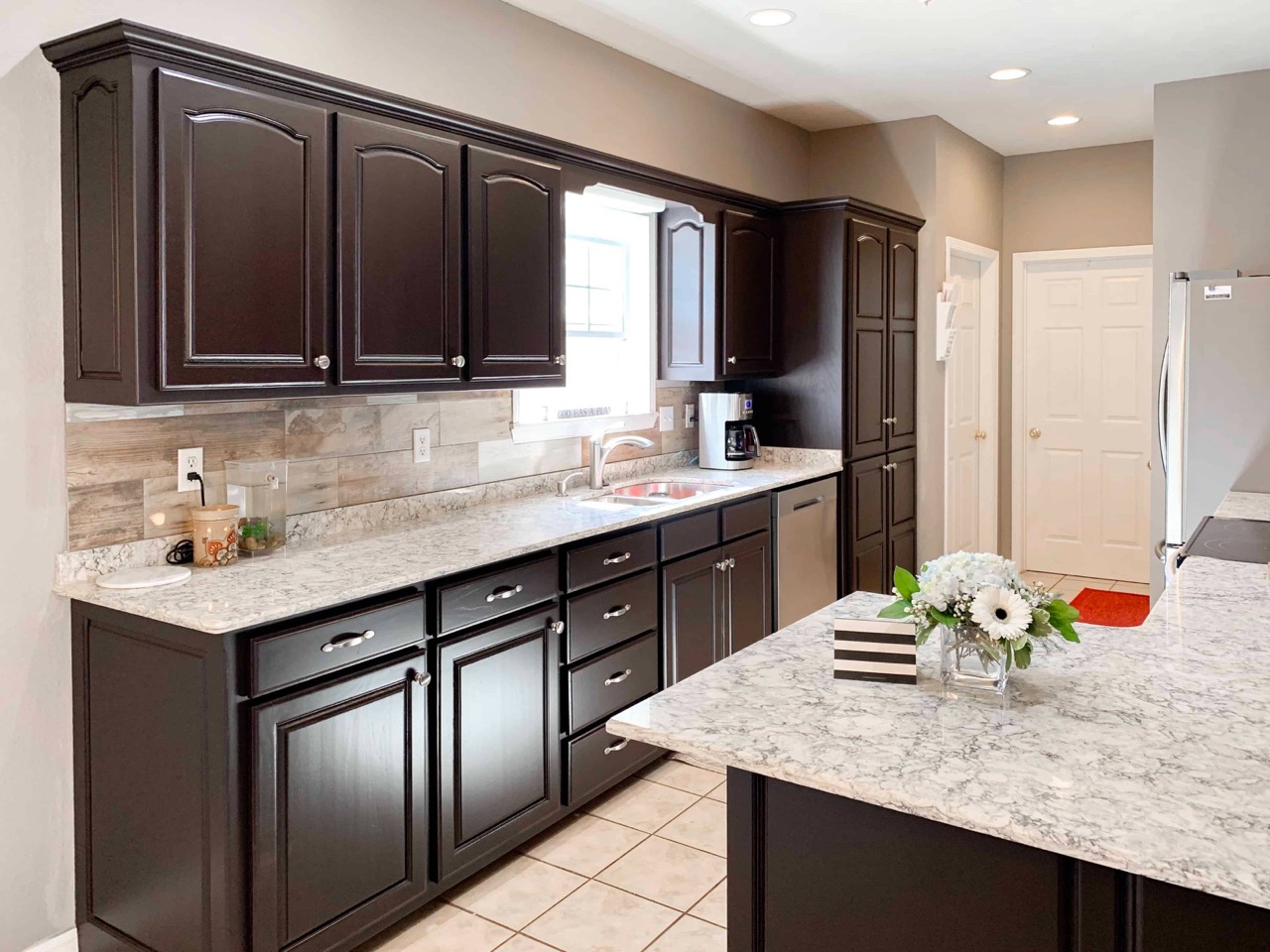
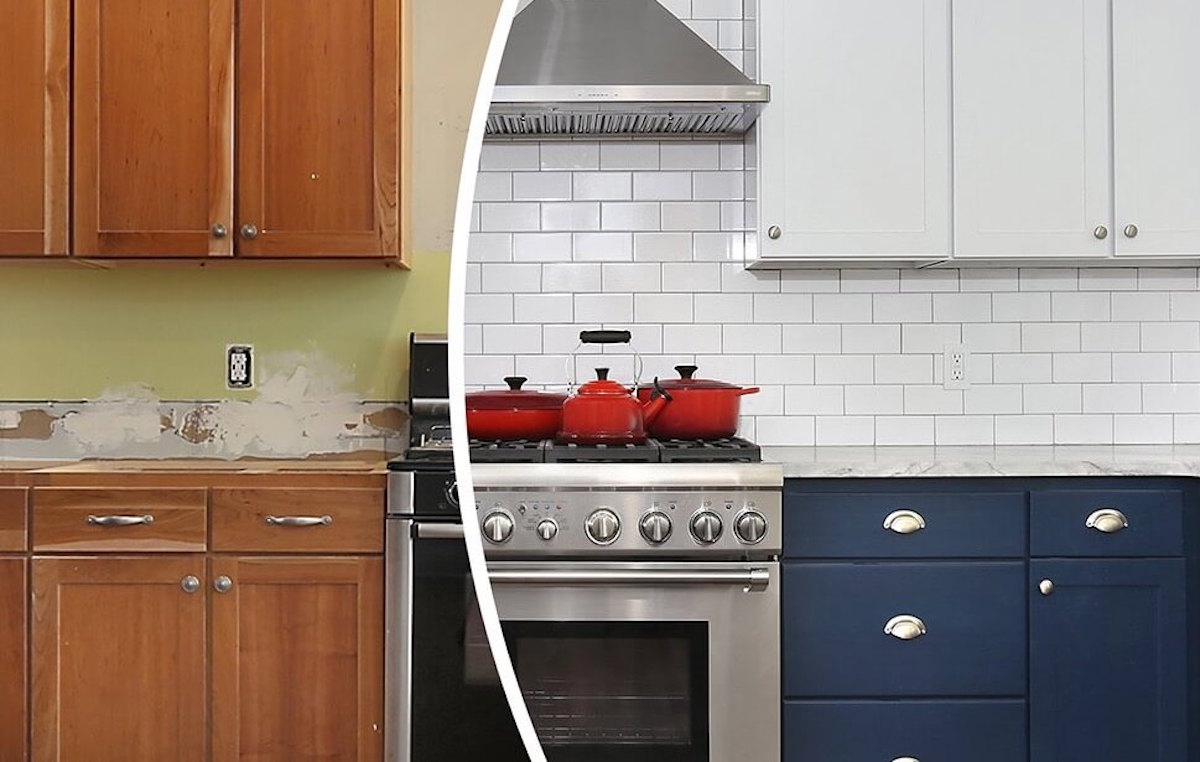
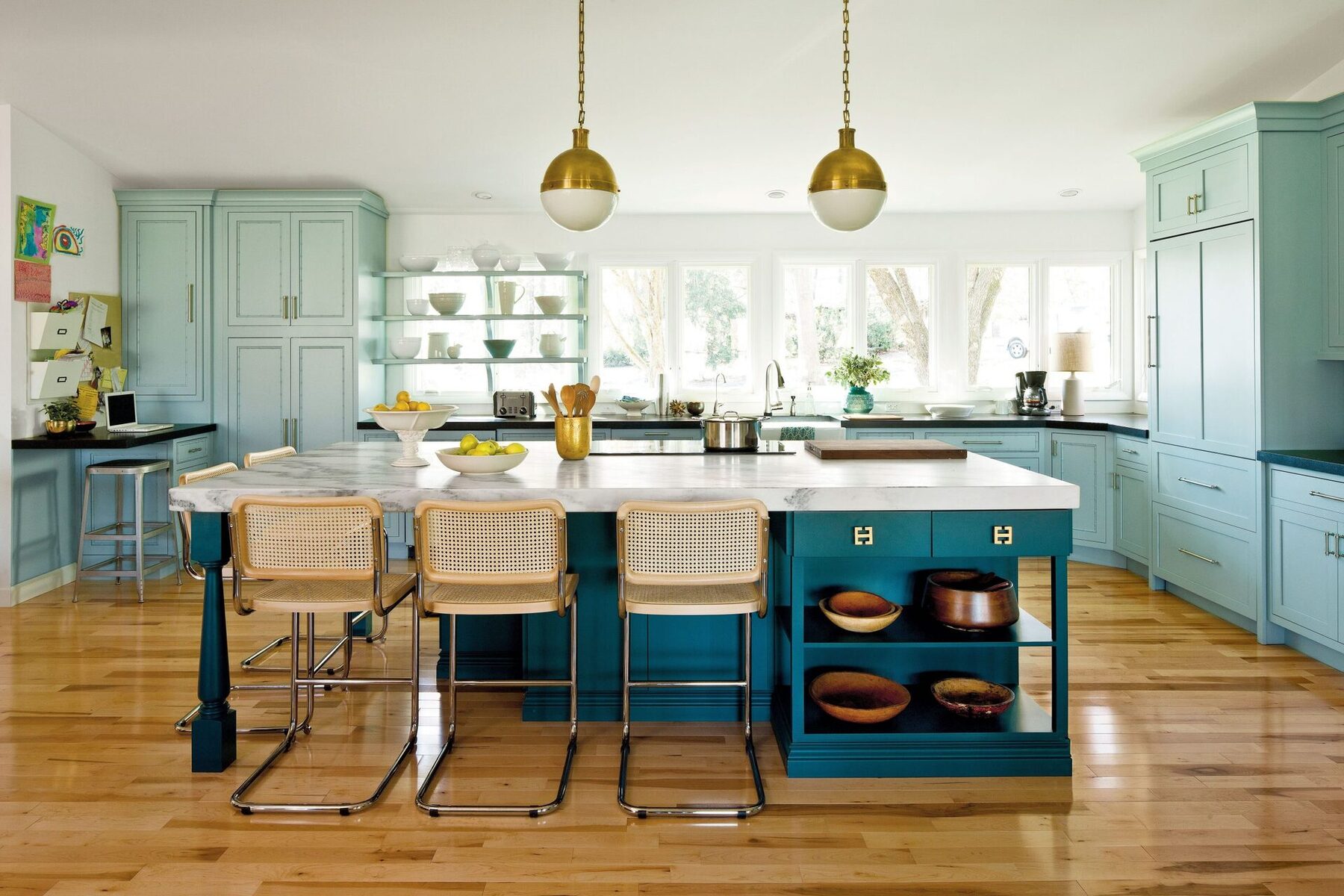
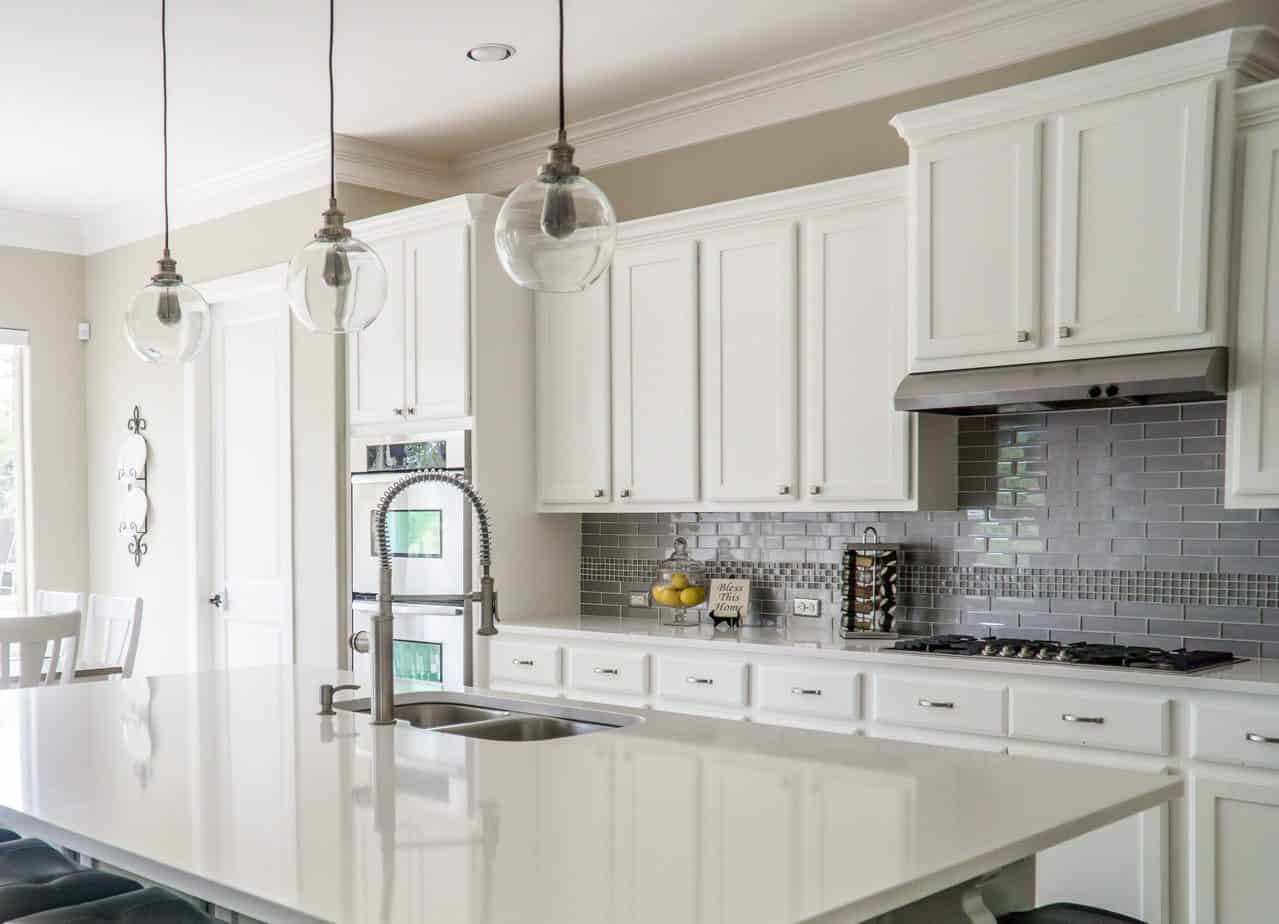
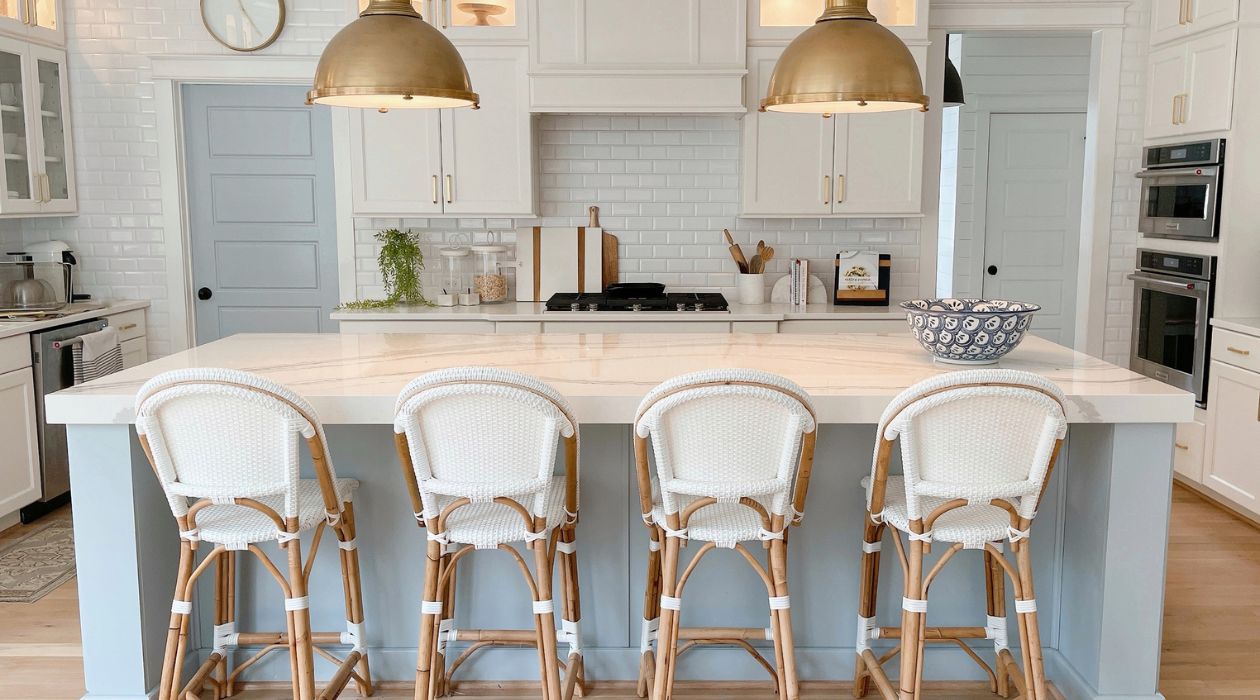
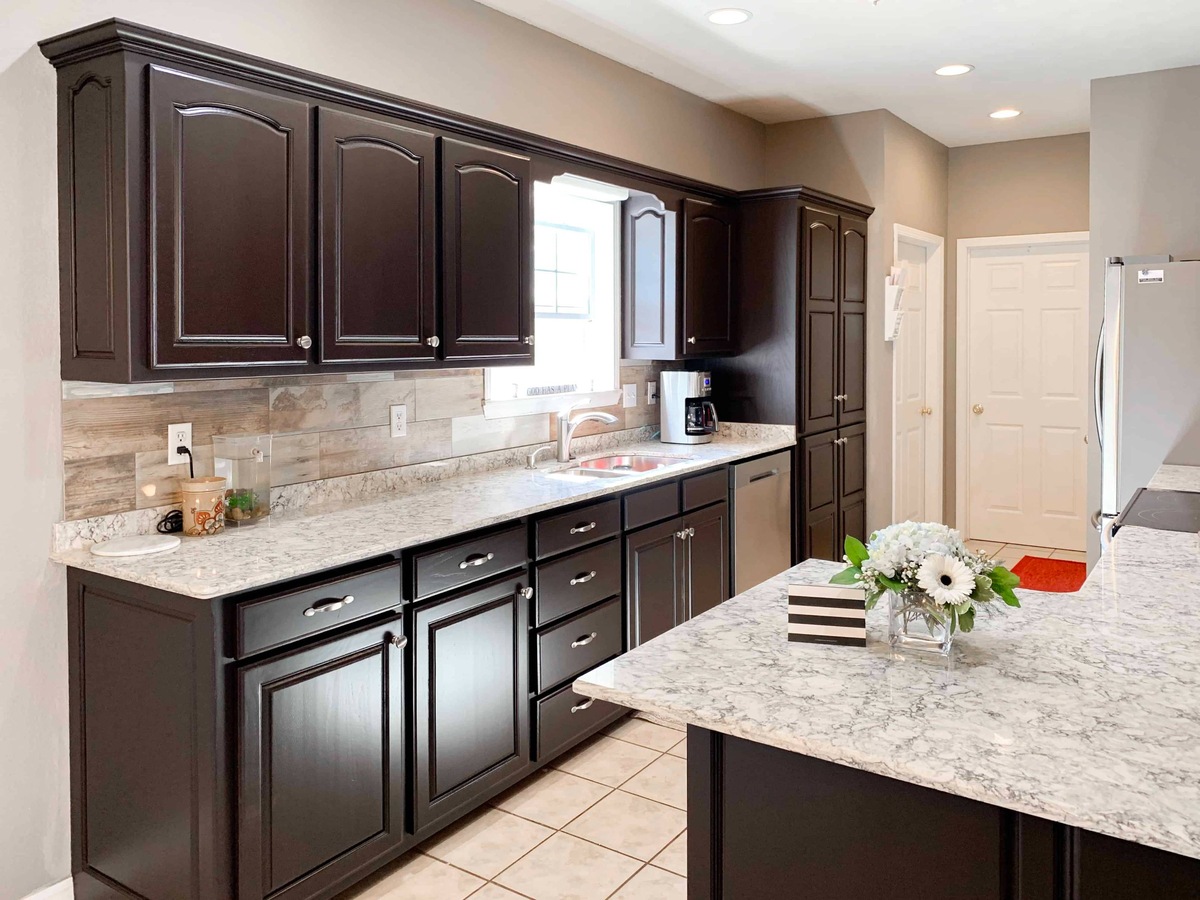
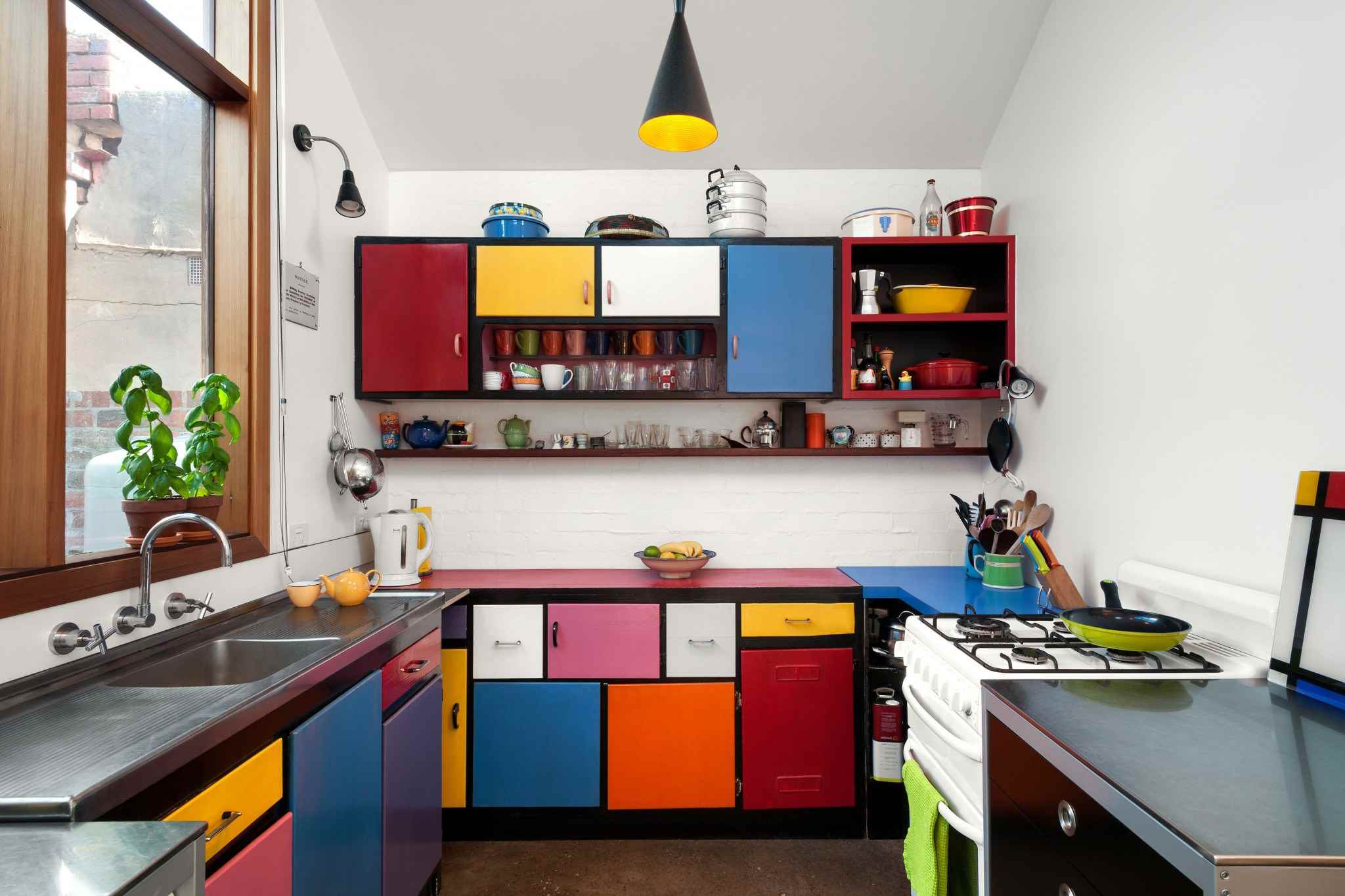
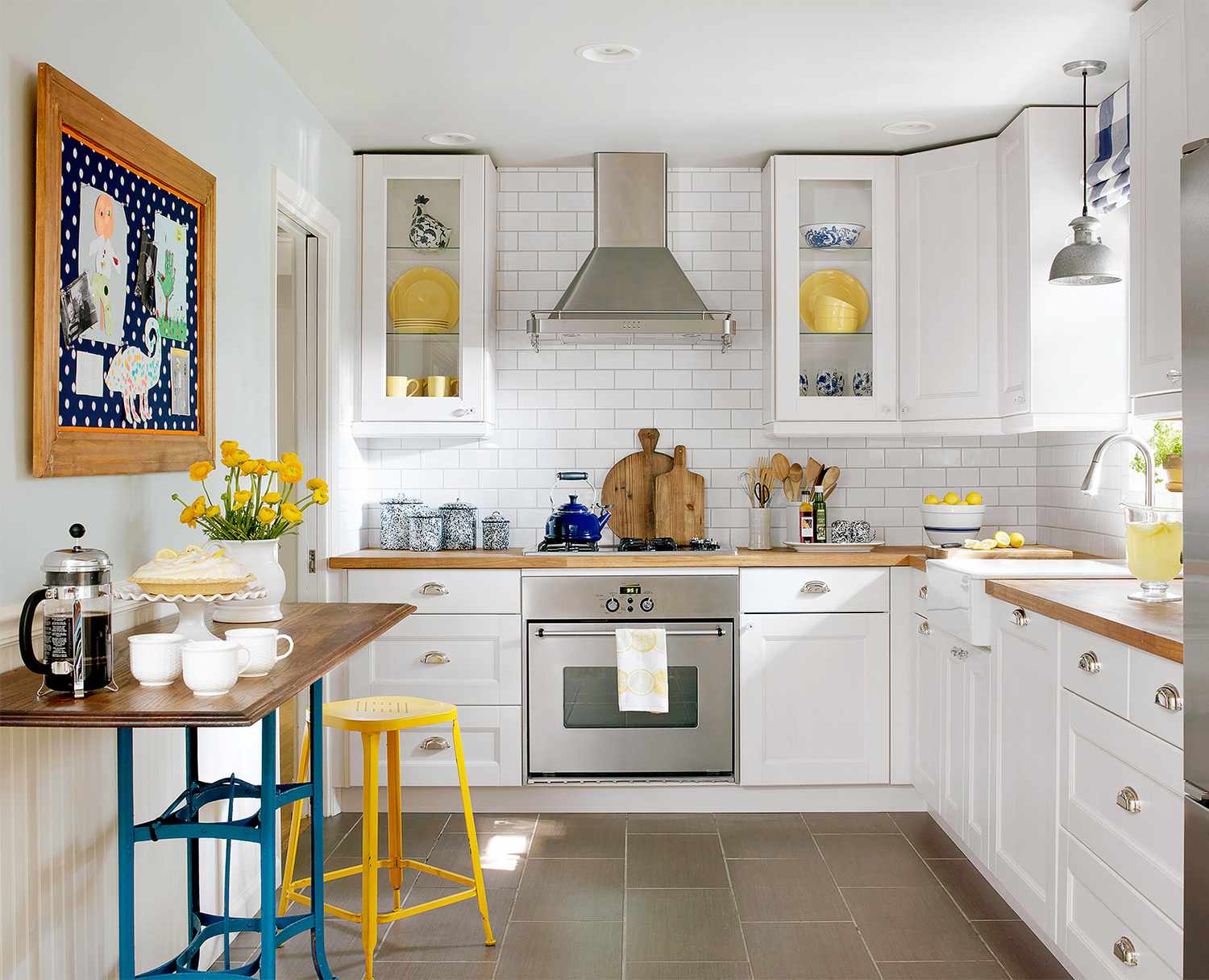
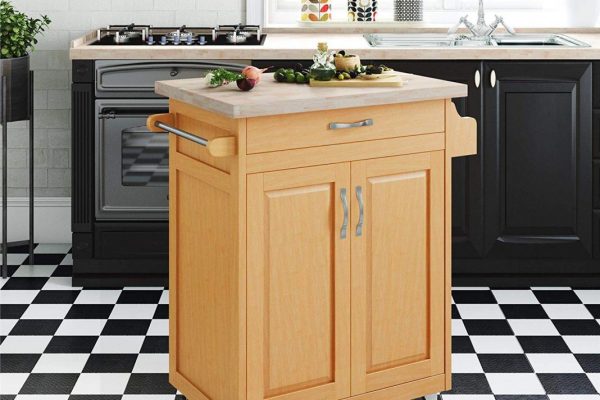
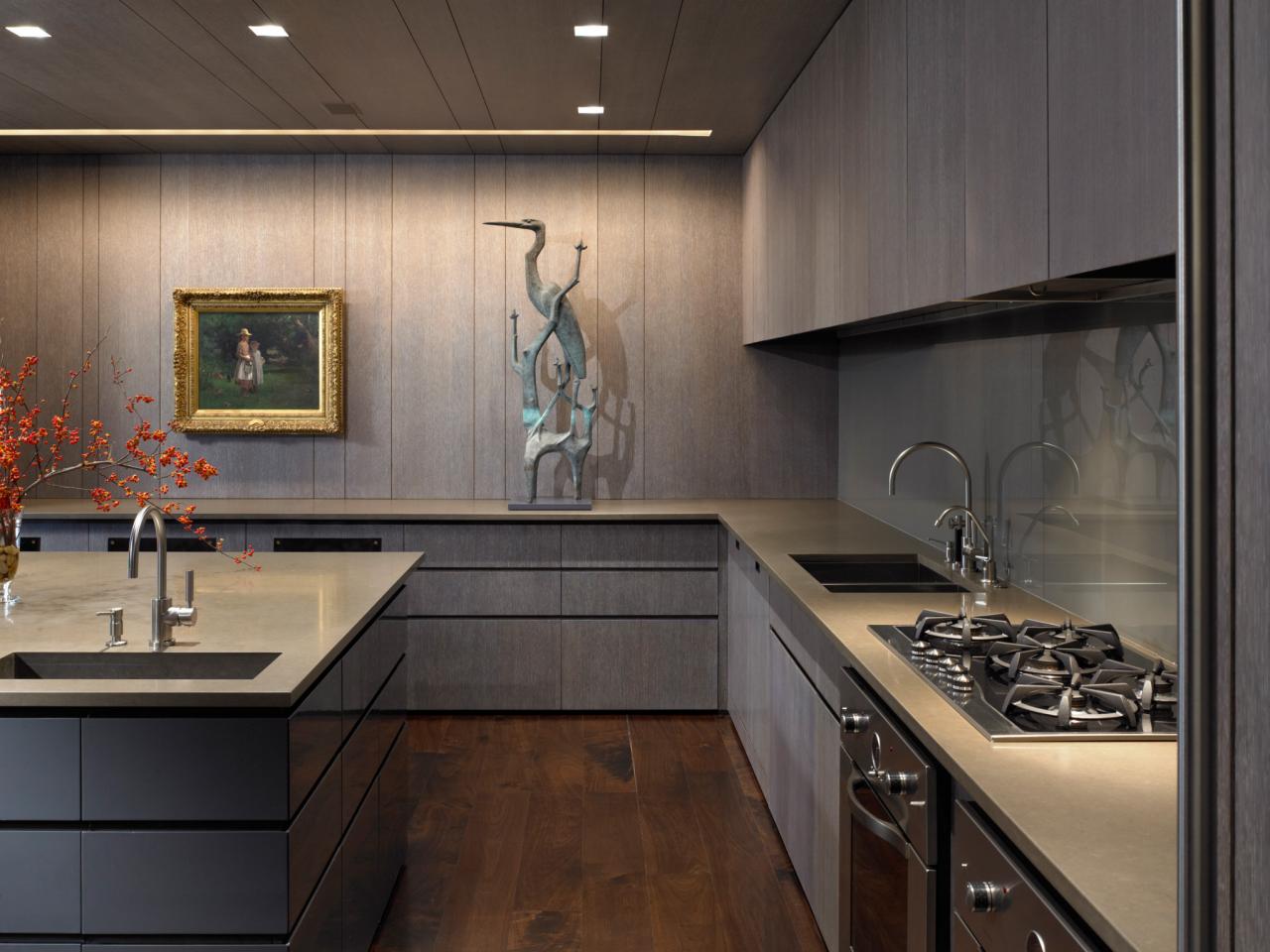

0 thoughts on “Two-tone Kitchens: 8 Ideas For Cabinets And Islands In Two Colors”